#greek god statue
Text

Berthel Thorvaldsen • Mercury about to kill Argos (National Museum, Krakow Collection)
#hermes statue#Hermes#mercury#god Mercury#Mercure#hellenic gods#greek gods#greek god statue#god hermes#hellenic revivalism#hellenic polytheism#hellenic pagan#greek polytheism#ancient greece gods#gods#polytheism#travel#merchants#thieves#roads#crossroads#psychopomp#gifts#riches#joy#happiness#laugh#hermes worship#hermes worshipper#cult of Hermes
410 notes
·
View notes
Text

2500 years old statue of Aphrodite
#aphrodite#venus#art#greek gods#greek mythology#greek myths#greek goddess#greek statue#statue#art history
5K notes
·
View notes
Text

I was just doodling stuff for a comm sheet but I ended up rendering this so!! Athene!!
#athena#athene#pallas athena#greek mythology#greek gods#mythology art#art#artwork#digital art#digital painting#portrait#based on a statue that’s part of a bigger monument probably somewhere in Italy by giovanni lombardi I thinks?#bloodiedflora art
1K notes
·
View notes
Text
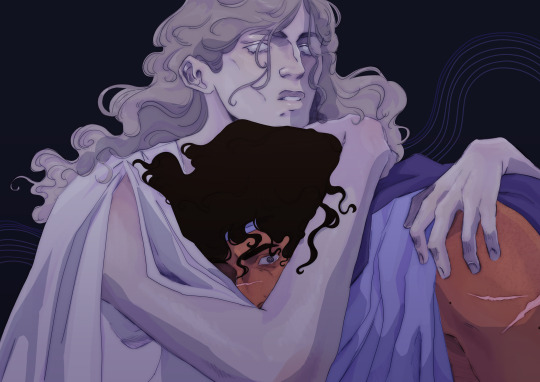
he’s her fun lil social experiment
#Thinking about when my classics teacher said that the relationship between Athene and Odysseus is one of the most tender#Relationships between man and god#Like it’s almost platonic but not really#Like she’s his cool aunt#Who saves his life#But also treats his life like a fun lil game#But she also really likes him and favours him#Like I see Athene as aro ace so like idk but she holds some ‘love’ for him#shes kinda meant to look like a statue#Or whatever#athena#odysseus#the odyssey#mythology art#my art#greek myth#Tap for better quality I think
4K notes
·
View notes
Text

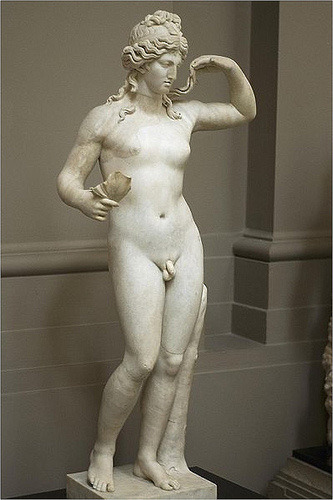
Oh, Hermaphroditus, a Holy One.
1. Hermaphroditus statue from Imperial Rome, around 70-100 AD, at "Lady Lever Art Gallery" in Europe England
2. Hermaphroditus statue from Imperial Rome in the 2nd century AD, at "Louvre" in Paris, Europe France
#greek mythology#greek gods#hellenic polytheism#hellenism#greek pantheon#hellenic#greek myth#hellenic gods#theoi#helpol#hellenic polytheistic#hellenic deities#hellenic pagan#hellenic worship#greek deities#ancient greek mythology#ancient greek#ancient greece#theoi worship#deity work#hermaphroditus#Hermaphroditus deity#queer#queer community#queer pride#statue#greek myth art#art#intersex
352 notes
·
View notes
Text

Apollo and Diana, an 1848 marble statue by American artist and sculptor Thomas Crawford.
This captures their essence quite well imo!
#artemis#goddess artemis#goddess diana#marble statue#marble sculpture#apollo#apollon deity#god apollo#greek gods#greek mythology#ancient greek#greek history#roman mythology#roman gods#roman history#rome#spqr#Thomas Crawford#Diana#theoi
354 notes
·
View notes
Text
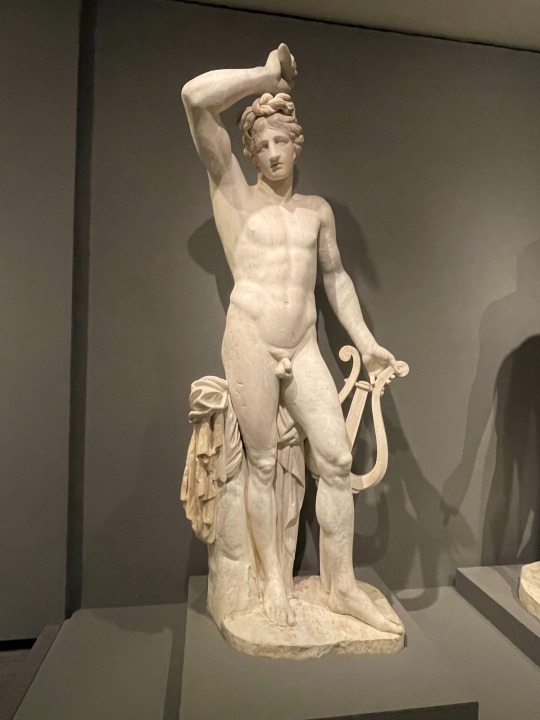


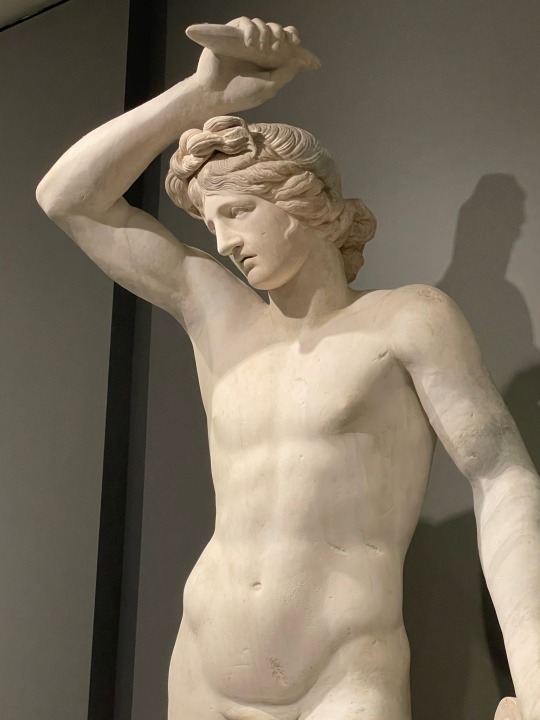
Roman statue of Apollo from a local art museum
#he’s like 9 ft tall#we took a field trip for my class but it’s a free museum so I’ve visited quite a few times#the statue next to him is a gladiator#Apollo#hellenistic polytheism#hellenistic pagan#hellenism#apollo devotion#apollo deity#apollo worship#greek god apollo#.png#.txt
215 notes
·
View notes
Text



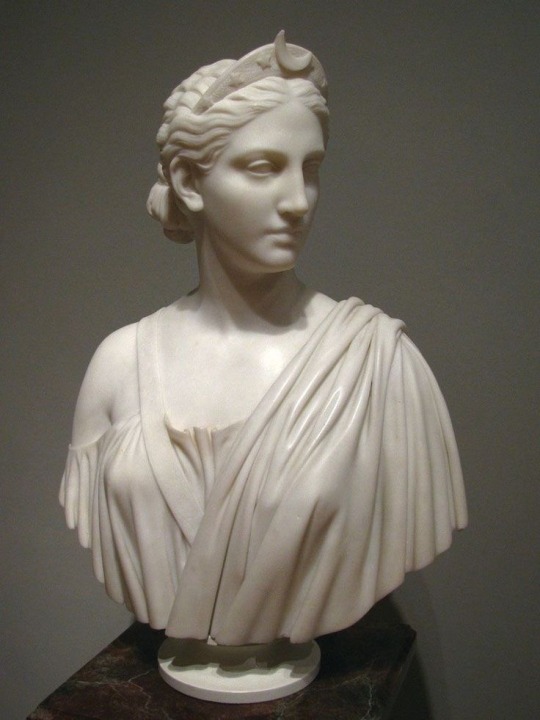
I love the subsection of marble busts/ statues that have star or some celestial ornaments in a lady’s hair. Yes two of the examples are Diana/ Artemis but for good reason Iike I’m literally obsessed.
Hiram Powers 1850 / 54. America
Giosuè Argenti (1819 – 1901) L'Immacolata
Diana, 1771, statue by Giovanni Battista
Hiram Powers, 1853, Diana
#artemis#greek bust#greek goddesses#greek sculpture#marble statue#marble bust#tagamemnon#diana goddess#roman gods#celestial
166 notes
·
View notes
Text

Annina Dietzenbacher - Statue of Artemis, goddess of the animals, hunt, vegetation, chastity and childbirth - Musée du Louvre, Paris
#Annina Dietzenbacher#artemis#greek goddess#god#photo#goddess#photography#statue#religion#louvre#paris#france#the louvre#le Louvre#photograph#picture
307 notes
·
View notes
Text

“His muse”
#perpollo#pjo apollo#pjo#percy jackson#my art#pining#soo much pining#apollo is a simp#percy x apollo#phoebus apollo#he is pining soo much he keeps making statues and kissing them#greek olympians#greek gods#digital art#fan art
116 notes
·
View notes
Text

Sculpture of Apollo Citaredo in Museo Archeologico Nazionale di Napoli
Originally, the sculpture from the 2th century depicted the city of Rome as a goddess. In the nineteenth century it was restored as Apollo Citaredo. The statue is part of the Farnese Collection.
#naples#napoli#apollo#greek gods#statue#sculpture#art#art history#ancient art#rome#ancient rome#archaeology#antiquity#ancient history#photography#travel#travel photography#history#culture#art photography#museum photography#art museum#farnese#greek mythology#mythology#roman mythology#roman gods#roman empire
120 notes
·
View notes
Text

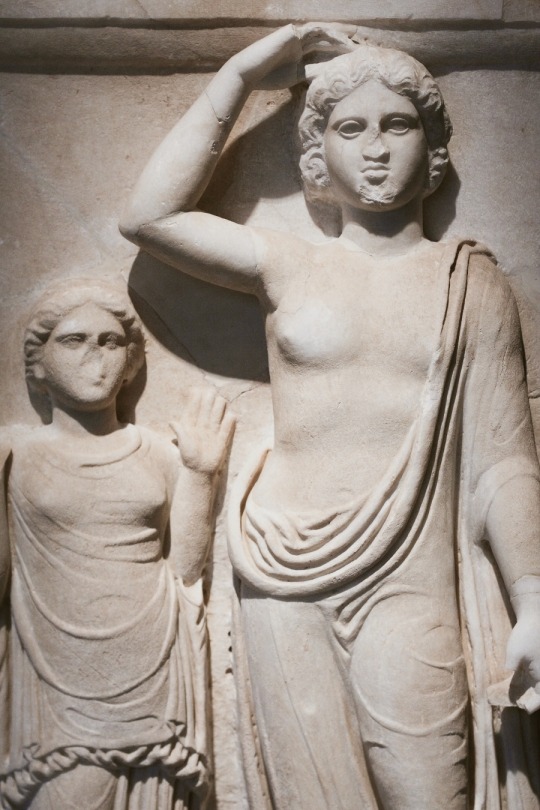
Marble votive stele featuring god Apollon and the dedicator.
Temple of Apollo, Amphanae
Classical Period, 4th century BC
146 notes
·
View notes
Text

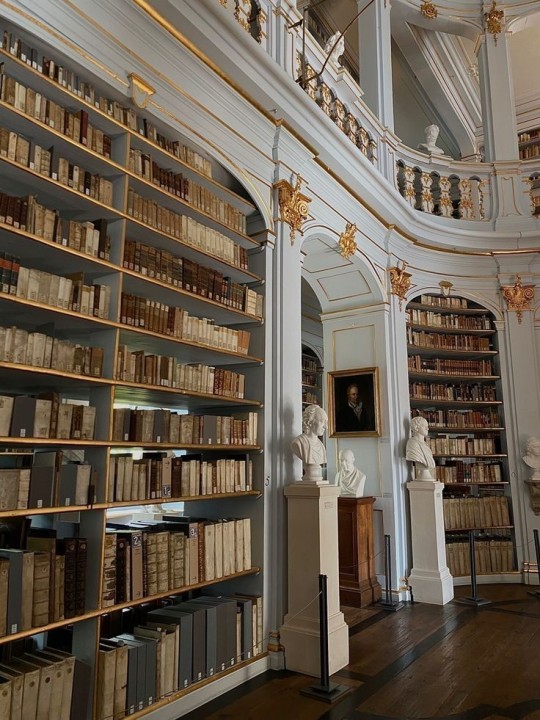
Reading Room
#reading room#books and reading#booksbooksbooks#books#book shelf#book shelves#bookish#bookworm#book lover#bookaholic#books & libraries#bookshelf#greek gods#marble statue
188 notes
·
View notes
Text



I've always loved how they loved
#marble statue#marble sculpture#greek mythology#bacchus#ariane#antique roman#roman sculpture#greek god#roman mythology#idgaf abiut the distinction CRY ABOUT IT#besties
192 notes
·
View notes
Text



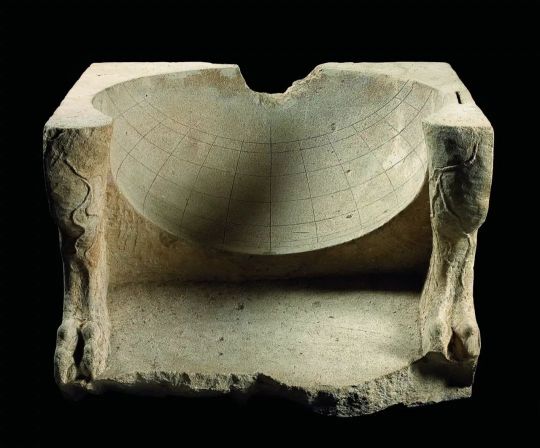
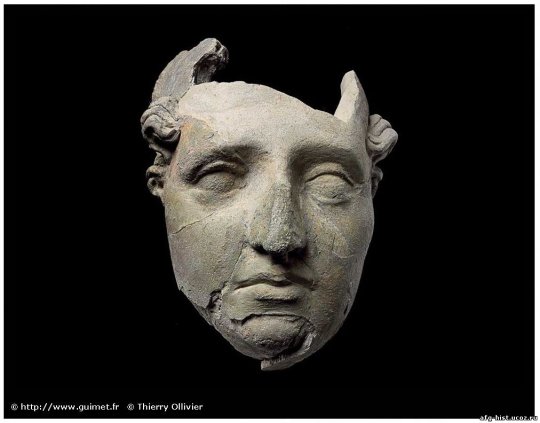
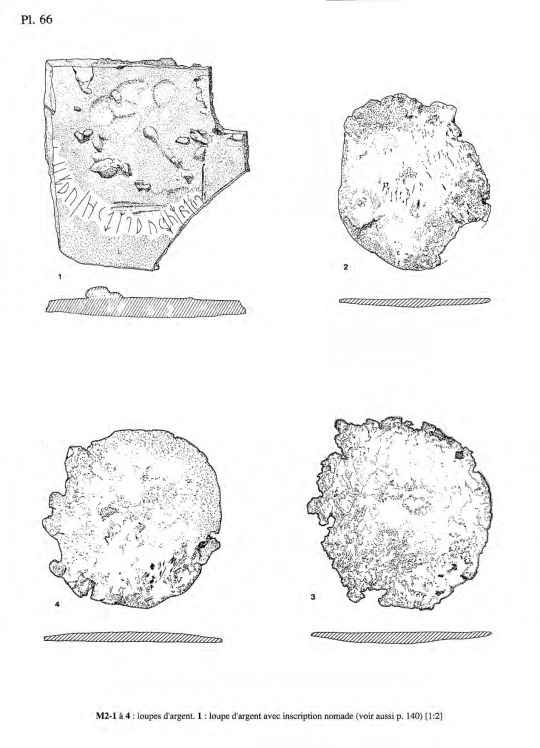
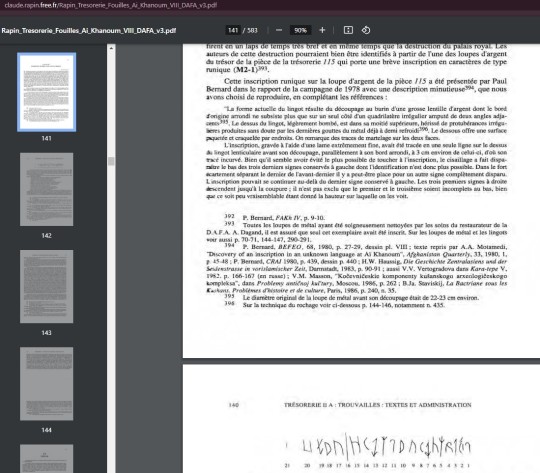
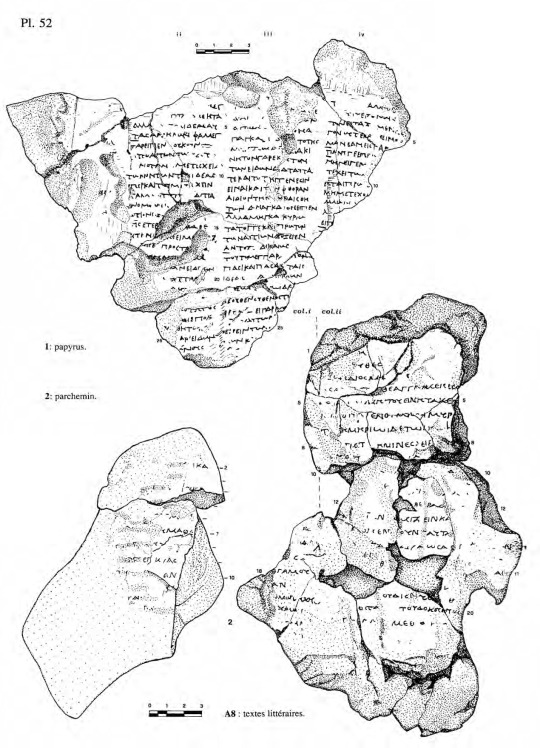
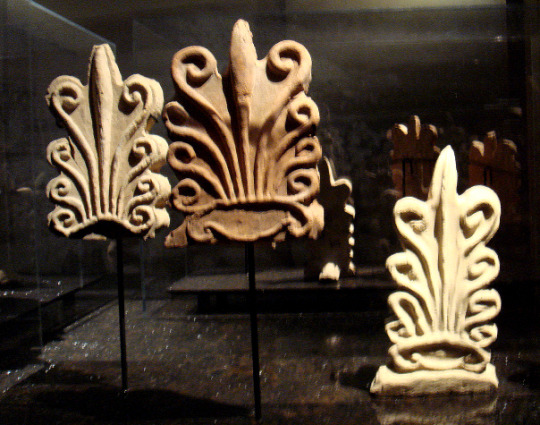





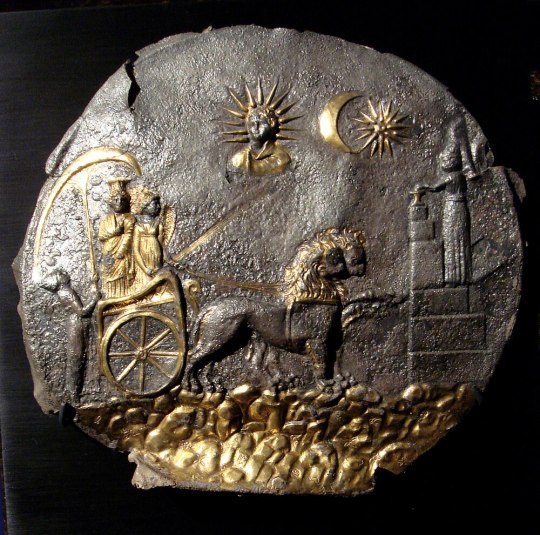

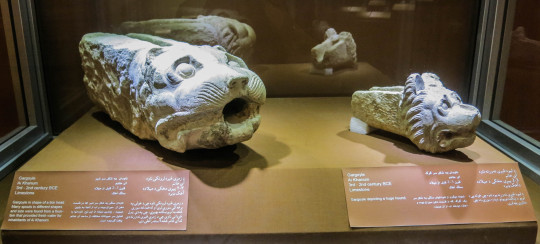

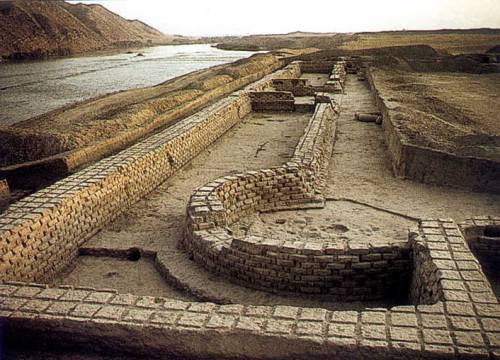



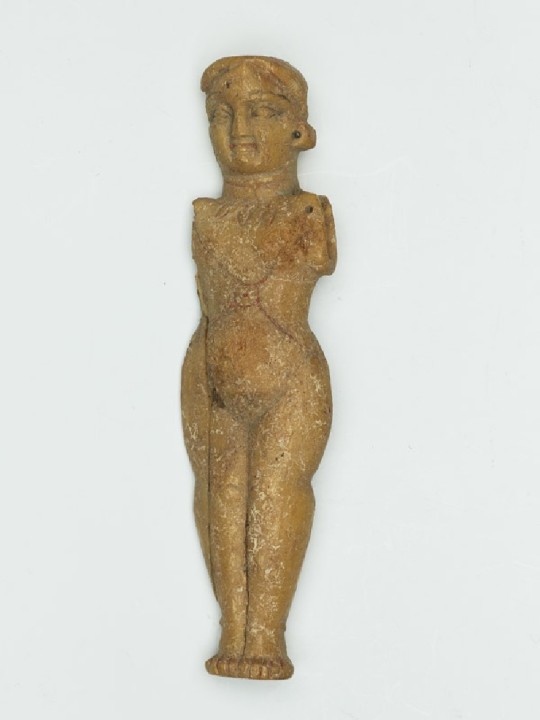





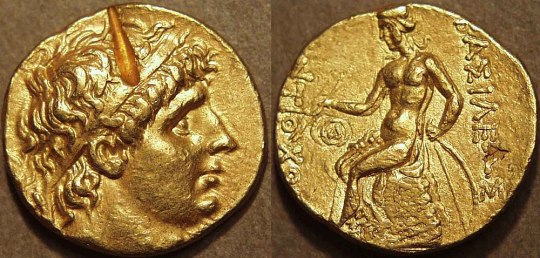

Ai Khanoum 3rd C. BCE - 2nd C. CE. More images on my blog, link at bottom.
"These wise sayings of men of old,
The words of famous men, are consecrated
At holy Delphi, where Klearchos copied them from carefully
To set them up, shining from afar, in the sanctuary of Kineas.
As a child, be well behaved;
As a young man, self-controlled;
In middle age, be just;
As an elder, be of good counsel;
And when you come to the end, be without grief.
—trans. of Ai Khanoum stele by Shane Wallace and Rachel Mairs.
Ai-Khanoum (/aɪ ˈhɑːnjuːm/, meaning Lady Moon; Uzbek Latin: Oyxonim) is the archaeological site of a Hellenistic city in Takhar Province, Afghanistan. The city, whose original name is unknown, was likely founded by an early ruler of the Seleucid Empire and served as a military and economic centre for the rulers of the Greco-Bactrian Kingdom until its destruction c. 145 BC. Rediscovered in 1961, the ruins of the city were excavated by a French team of archaeologists until the outbreak of conflict in Afghanistan in the late 1970s.
The city was probably founded between 300 and 285 BC by an official acting on the orders of Seleucus I Nicator or his son Antiochus I Soter, the first two rulers of the Seleucid dynasty. There is a possibility that the site was known to the earlier Achaemenid Empire, who established a small fort nearby. Ai-Khanoum was originally thought to have been a foundation of Alexander the Great, perhaps as Alexandria Oxiana, but this theory is now considered unlikely. Located at the confluence of the Amu Darya (a.k.a. Oxus) and Kokcha rivers, surrounded by well-irrigated farmland, the city itself was divided between a lower town and a 60-metre-high (200 ft) acropolis. Although not situated on a major trade route, Ai-Khanoum controlled access to both mining in the Hindu Kush and strategically important choke points. Extensive fortifications, which were continually maintained and improved, surrounded the city.
Many of the present ruins date from the time of Eucratides I, who substantially redeveloped the city and who may have renamed it Eucratideia, after himself. Soon after his death c. 145 BC, the Greco-Bactrian kingdom collapsed—Ai-Khanoum was captured by Saka invaders and was generally abandoned, although parts of the city were sporadically occupied until the 2nd century AD. Hellenistic culture in the region would persist longer only in the Indo-Greek kingdoms.
It is likely that Ai-Khanoum was already under attack by nomadic tribes when Eucratides was assassinated in around 144 BC. This invasion was probably carried out by Saka tribes driven south by the Yuezhi peoples, who in turn formed a second wave of invaders, in around 130 BC. The treasury complex shows signs of having been plundered in two assaults, fifteen years apart.
Although the first assault led to the end of Hellenistic rule in the city, Ai-Khanoum continued to be inhabited; it remains unknown whether this reoccupation was effected by Greco-Bactrian survivors or nomadic invaders. During this time, public buildings such as the palace and sanctuary were repurposed as residential dwellings and the city maintained some semblance of normality: some sort of authority, possibly cultish in origin, encouraged the inhabitants to reuse the raw building materials now freely available in the city for their own ends, whether for construction or trade. A silver ingot engraved with runic letters and buried in a treasury room provides support for the theory that the Saka occupied the city, with tombs containing typical nomadic grave goods also being dug into the acropolis and the gymnasium. The reoccupation of the city was soon terminated by a huge fire. It is unknown when the final occupants of Ai-Khanoum abandoned the city. The final signs of any habitation date from the 2nd century AD; by this time, more than 2.5 metres (8.2 ft) of earth had accumulated in the palace.
While on a hunting trip in 1961, the King of Afghanistan, Mohammed Zahir Shah, rediscovered the city. An archaeological delegation, led by Paul Bernard, unearthed the remains of a huge palace in the lower town, along with a large gymnasium, a theatre capable of holding 6,000 spectators, an arsenal, and two sanctuaries. Several inscriptions were found, along with coins, artefacts, and ceramics. The onset of the Soviet-Afghan War in the late 1970s halted scholarly progress and during the following conflicts in Afghanistan, the site was extensively looted."
-taken from Wikipedia
...
"The silver ingot engraved with runic characters found during the excavations of the Treasury could suggest they were Sakā/Sai. This inscription comprises 21 characters of a script and a language that are unknown and both attributed to nomadic people of Sakā origin, by comparison with a dozen similar inscriptions coming from an area extending from Ghazni in Afghanistan to Almaty in Kazakhstan, and dated between the 5th century BC and the 8th century AD."
-taken from Ai Khanoum after 145 BC: The Post-Palatial Occupation by Laurianne Martinez-Sève, University of Lille, 2018
#ancient history#antiquities#art#paganism#statue#museums#sculpture#history#greek art#greek gods#ancient greek#greek myth#scythian#pagan#ancient art#afghanistan
186 notes
·
View notes
Text
Misha Collins - Statues

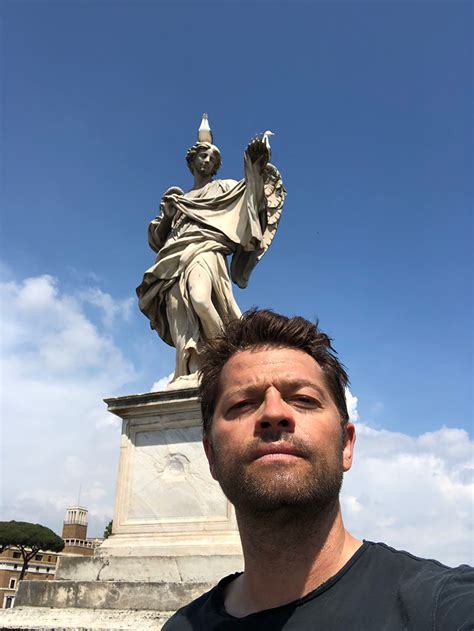


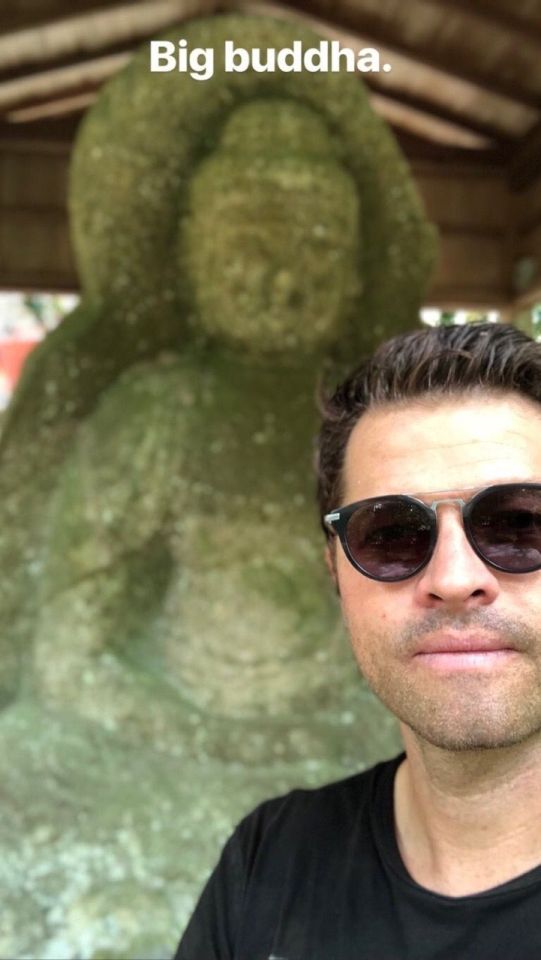
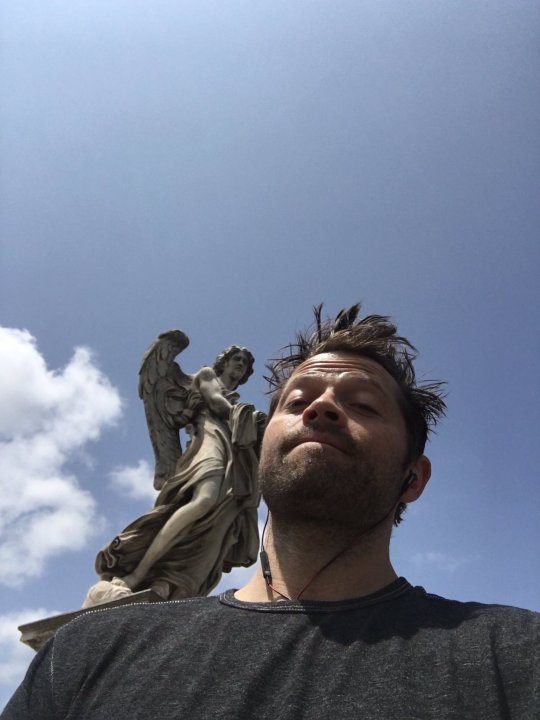
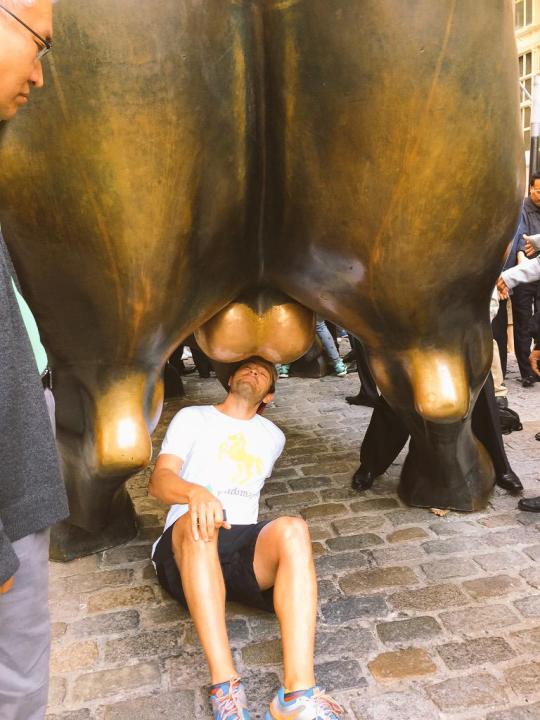
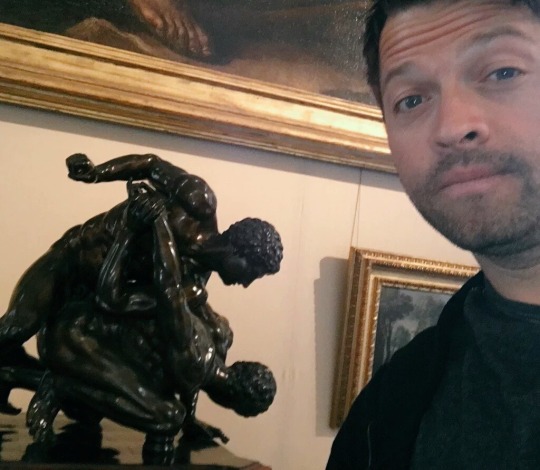


#misha collins#statues#adorable dork all around the world#love seeing the greek god of a man with the killer profile standing next to works of art by people he would definitely inspire#misha is beautiful
77 notes
·
View notes